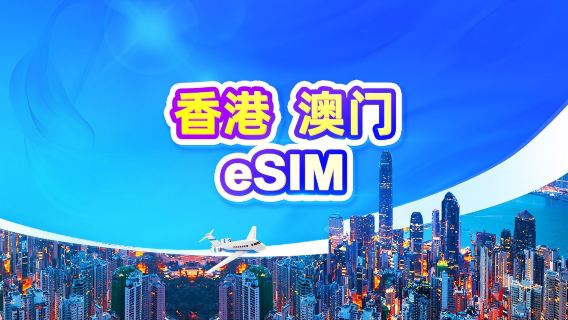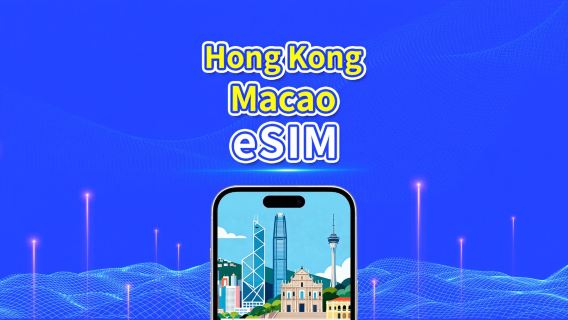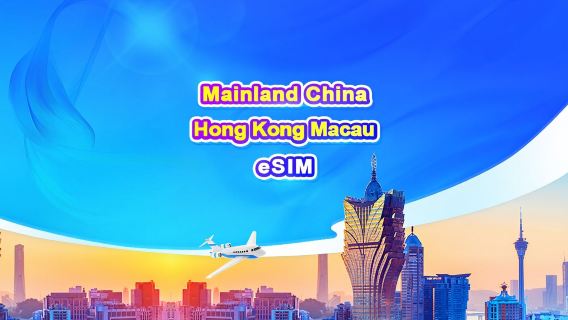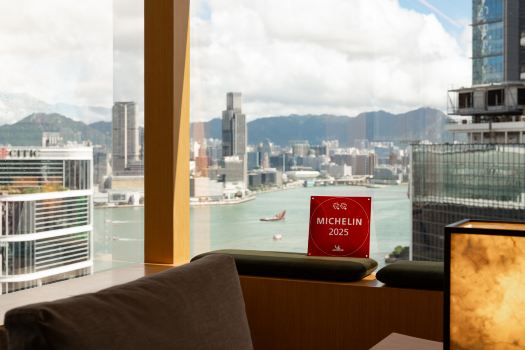Unlock the Best Flights to Hong Kong
Common Phrases to Know
| English | Cantonese Phrase | How to Say It (Sounds Like) |
|---|---|---|
Hello | Nei hou | nay ho |
Sorry / Excuse me | Deoi m zyu | doy m jyu |
How much? | Gei chin? | gey chin |
Yes | Hai | hi |
No | Mm hai | mm hi |
Where is the bathroom? | Chou so hai bin? | cho so hi bin |
I don’t understand | Ngo m ming baak | ngo m ming bak |
Please | Ching | ching |
Help! | Gau zok! | gow jok! |
Can you speak English? | Nei sik m sik gong ying man? | nay sik mm sik gong ying man? |
Delicious! | Hou siu | ho siu |
Goodbye | Joi gin | joi gin |
Payment Methods in Hong Kong
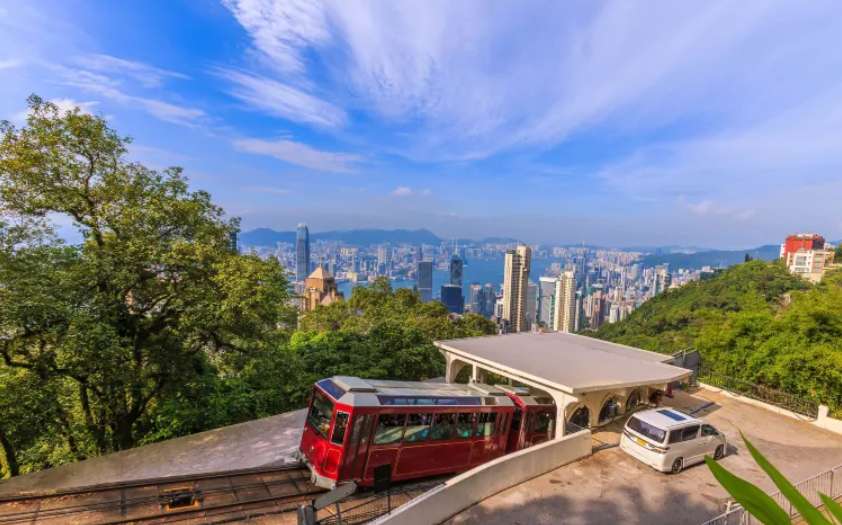
Alright, when it comes to paying stuff in Hong Kong, it’s pretty easy and flexible. You’ll see lots of ways to pay, so don’t stress.
Octopus Card: Your Best Travel Buddy
The Octopus Card is like a magic card for getting around. You just tap it to pay for buses, trains, and even in convenience stores or fast food spots. Super easy and saves you from fumbling with coins or cash.
Credit & Debit Cards: Use Them Anywhere (Mostly)
Most shops, restaurants, and malls take Visa or Mastercard. Just swipe or tap your card and you’re good. But heads up—small stalls or street vendors might only want cash or Octopus.
Cash: Always Have Some on Hand
It’s smart to carry some Hong Kong dollars with you, especially for small purchases or places that don’t take cards. ATMs are everywhere, so you can easily withdraw if you run low.
Mobile Payments: Getting More Popular
Apps like Apple Pay and Google Pay work in many stores, but don’t count on them everywhere yet. It’s still good to have your card or cash ready.
WeChat & Alipay: Mostly for Locals
These apps are huge in China but in Hong Kong, locals and tourists don’t use them much—so don’t worry about setting them up.
Popular Apps for Traveling in Hong Kong
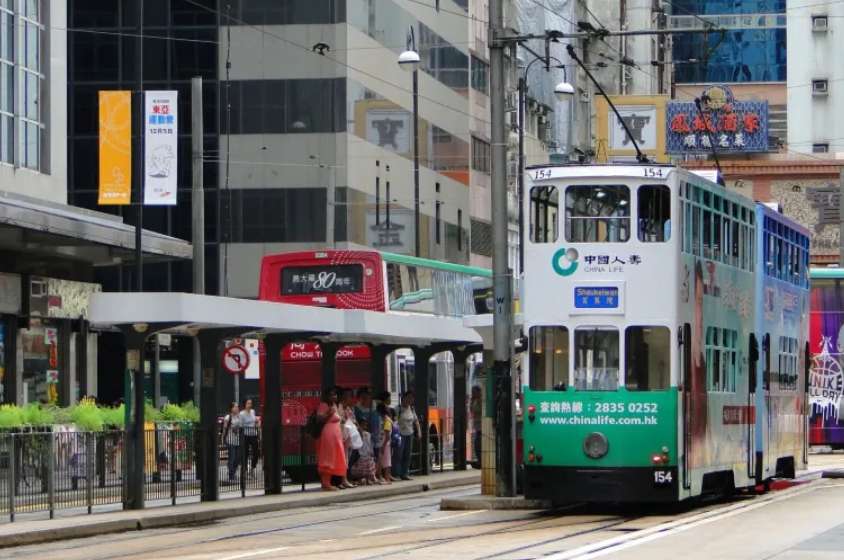
Transport
- MTR Mobile – This app helps you check train routes, schedules, and how much your ride will cost. Super useful so you don’t get lost underground.
- Uber – You can use Uber if you want a ride that’s easy and reliable, especially if you’re tired after walking all day.
Maps
- Google Maps – Yup, it still works great in Hong Kong. Use it to find your way around the city, restaurants, or cool spots to visit.
- Citymapper – If you want extra help with public transport routes and timing, this one’s really handy and simple.
Food
- OpenRice – This is like the Yelp of Hong Kong. Want to find good local food or check restaurant reviews? OpenRice got you covered.
- Foodpanda – Hungry but lazy? Foodpanda delivers food from tons of restaurants right to your hotel or Airbnb.
Chat
- WhatsApp – Most Filipinos use this, and lots of locals do too. Perfect for keeping in touch with friends or getting info from people you meet.
- WeChat – Not super necessary if you’re just visiting, but some shops and taxis use it. Good to have it just in case.
Tipping & Service Etiquette in Hong Kong
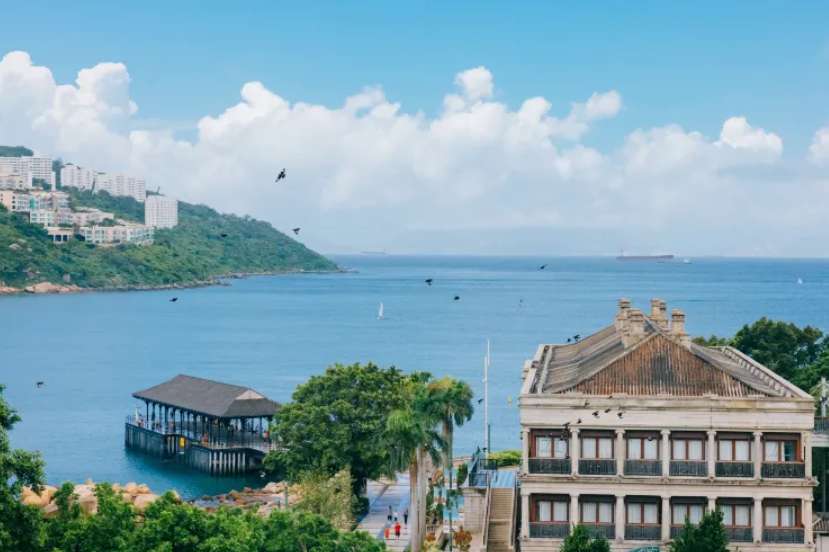
Tipping Culture Overview
In Hong Kong, tipping isn’t a big deal like back home. Most restaurants add a 10% service charge already, so extra tipping isn’t expected. For taxis and small shops, it’s totally up to you—no one will get mad if you don’t tip.
Cultural Nuance or Caution
Some fancy places might appreciate a little tip if the service is really great, but it’s never required. Also, don’t leave coins on the table—sometimes it can be seen as rude or unlucky. Just keep it simple and polite.
Pro Tip
If you want to tip taxi drivers, just round up the fare instead of giving a big tip. And always say “Mgoi” (thank you) with a smile—that goes a long way!
Transportation in Hong Kong
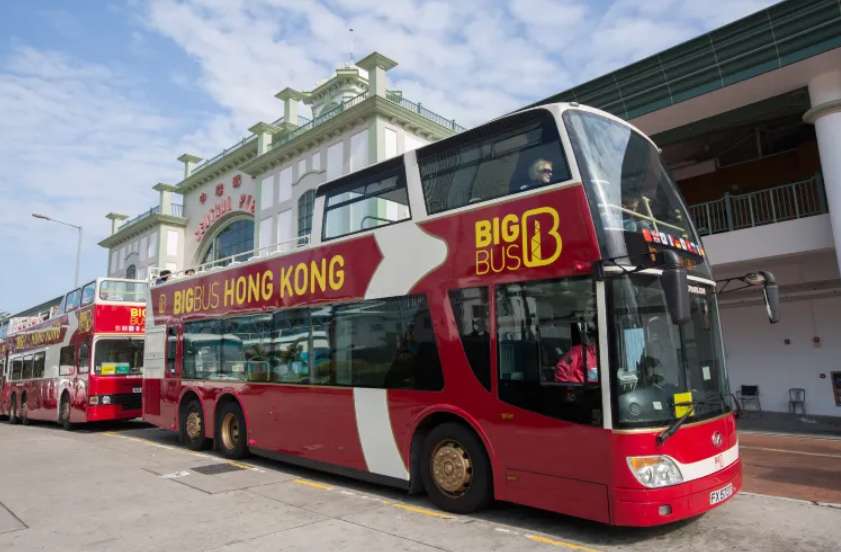
🚅 High-Speed Trains
If you wanna go fast between cities (like from Hong Kong to Guangzhou), the high-speed trains are super quick and comfy. Perfect if you wanna see more places without wasting time.
🚌 Public Buses
Buses here cover almost everywhere and they’re cheap. Just remember to have your Octopus Card ready to tap when you get on. It’s a cool way to see the city from above ground too.
🚇 Metro & Subways
The MTR (Mass Transit Railway) is probably the easiest way to get around. It’s fast, clean, and goes to most tourist spots. Download the MTR app so you don’t get lost underground!
🚖 Taxis & Ride-Hailing
Taxis are everywhere and pretty affordable compared to back home. Just make sure the driver uses the meter. You can also use Uber or local apps for ride-hailing if you want more convenience.
🚲 Biking
Not super popular in the busy city parts, but some parks and quieter areas have bike rentals. Good if you wanna explore at your own pace without worrying about traffic.
Safety & Emergency Info in Hong Kong
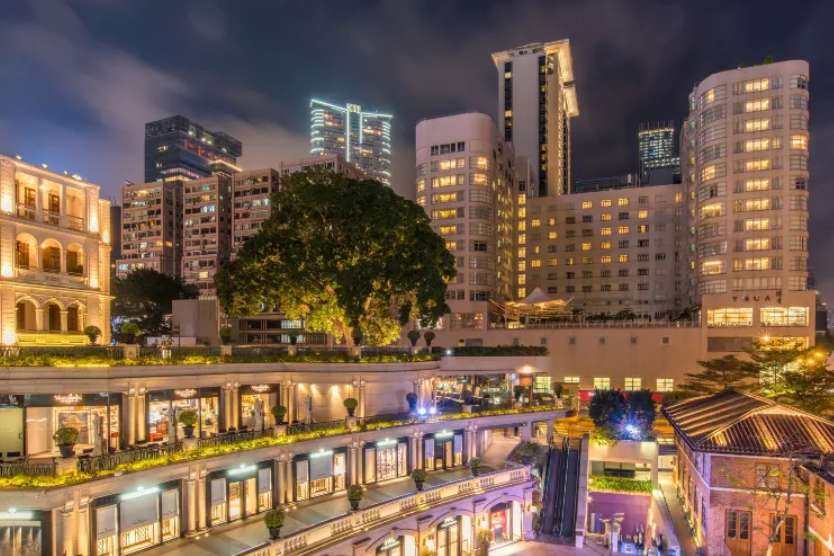
⚠️ Top Local Safety Tips
Hong Kong is pretty safe, but like anywhere, keep an eye on your stuff—especially in crowded places. Avoid flashing expensive gadgets or cash. At night, stick to well-lit streets and don’t wander into quiet alleys alone.
📞 Emergency Contacts in Hong Kong
If something serious happens, here are the numbers to remember:
- Police: 999
- Ambulance & Fire: 999
- Non-emergency police info: 2527 7177
Save these on your phone just in case!
💊 Medical Access & Pharmacies
There are lots of clinics and hospitals everywhere. Pharmacies are easy to find too—just ask for “pharmacy” or look for “藥房” (yeuk fong). If you need medicine, bring your prescriptions or explain your symptoms clearly. Most people speak some English in hospitals.
🚨 Cultural Notes
People in Hong Kong take rules seriously—like jaywalking or loud behavior. Following rules not only keeps you safe but also helps you fit in better. And always be polite when asking for help, saying “Mgoi” (thank you) goes a long way!
Cultural Etiquette & Local Customs in Hong Kong

🧑🤝🧑 General Cultural Vibe
People in Hong Kong are polite and a bit more reserved than us Filipinos. They like things neat, clean, and orderly. It’s cool to be friendly, but don’t get too loud or touchy in public—personal space matters here.
🚶♀️ Etiquette Do’s & Don’ts
Do’s:
- Stand patiently in line—no cutting!
- Say “Mgoi” (thank you) when someone helps you.
- Keep your voice calm in public places.
- Use both hands when giving or receiving something—it’s polite!
- Follow traffic lights and signs carefully.
Don’ts:
- Don’t jaywalk or cross streets when the light is red.
- Don’t litter or spit on the streets.
- Don’t point your feet at people or sacred places.
- Don’t stick your chopsticks straight up in your food.
- Don’t be loud or pushy in public.
🍽️ Dining Etiquette
When you eat, don’t stick your chopsticks straight up in your rice—that’s bad luck. Try to share dishes and don’t start eating until the oldest person starts. Saying “Mgoi” (thank you) or “Jo sun” (cheers) when drinking shows good manners.
👗 Dress Code & Body Language
Dress neat and clean, nothing too flashy for casual outings. Avoid showing too much skin in temples or religious sites. When talking, avoid big gestures or pointing fingers—it can feel aggressive.
👋 Interaction Norms
A simple nod, smile, or handshake is enough for greetings. Don’t expect big hugs or loud greetings like back home. And always be polite—even if someone is busy or in a rush.
Recommended eSIMs Options for Hong Kong
Public Holidays & Travel Seasons in Hong Kong
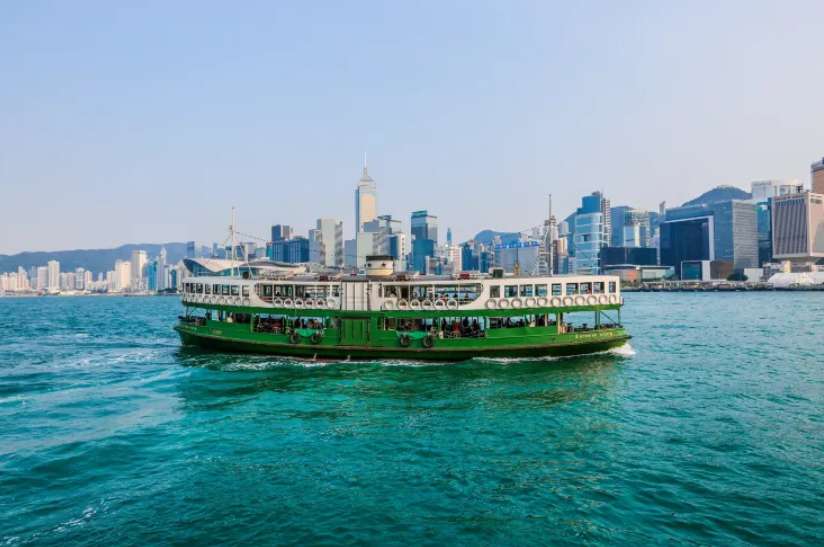
Here’s the lowdown on public holidays and travel seasons in Hong Kong — this way, you can dodge the crazy crowds and avoid prices going up too much. Super helpful if you wanna save time and money!
| Holiday | When | What’s Happening | Travel Tip |
|---|---|---|---|
Chinese New Year | Jan / Feb | Lion dances, fireworks, red everywhere, shops may close. Super festive! | Book early. Expect big crowds and busy transport. |
Ching Ming Festival | April | Locals visit cemeteries, quieter vibe, some closures. | Be respectful. Some shops may be closed. |
Easter Holiday | March / April | Long weekend. Locals travel or relax. | Hotels and trains can get packed—book in advance. |
Dragon Boat Festival | June | Boat races, drums, and tasty sticky rice dumplings. | Fun to watch! Great photo ops too. |
Mid-Autumn Festival | Sept / Oct | Lanterns light up parks, families share mooncakes. | Visit parks at night to enjoy the vibe. |
National Day | October 1 | Big holiday with fireworks and flag displays. | Super crowded. Go early or avoid main spots. |
🛍️Travel Impact & Local Customs
- 🏪 Some shops and restos close during big holidays like Chinese New Year.
- 💸 Prices go up—especially hotels and flights.
- 🚶 Crowds get wild in tourist spots, MTR stations, and malls.
- 🧍♀️ Locals spend time with family, so some areas feel quiet.
- 🙏 Respect local customs, especially in temples or during ceremonies.
- 🎉 Festivals are fun! Feel free to join the celebration—just be polite and observe first.
- 📆 Plan ahead if you're traveling during peak holidays—it saves a lot of stress.
☀️Seasonal Advice
Hong Kong’s weather changes a lot through the year, so here’s a quick guide to help you pack smart and enjoy more!
- 🌸 Spring (March–May)
Nice and cool, with flowers blooming. Might be a bit rainy sometimes, so bring a light jacket and umbrella. Super comfy for walking tours! - ☀️ Summer (June–August)
Hot and humid! Expect sweat and sudden rain showers. Wear light clothes, drink lots of water, and always have a small fan or towel. Tourist spots get crowded too. - 🍁 Autumn (Sept–Nov)
Best season to visit! Cool breeze, sunny days, and less rain. Perfect for sightseeing and outdoor stuff. A light sweater is enough for evenings. - ❄️ Winter (Dec–Feb)
Not super cold, but still chilly for us Pinoys. Bring a jacket, especially for early mornings and nights. It rarely drops below 10°C, so no need for heavy coats.
📱eSIM, Wi-Fi & Connectivity in China
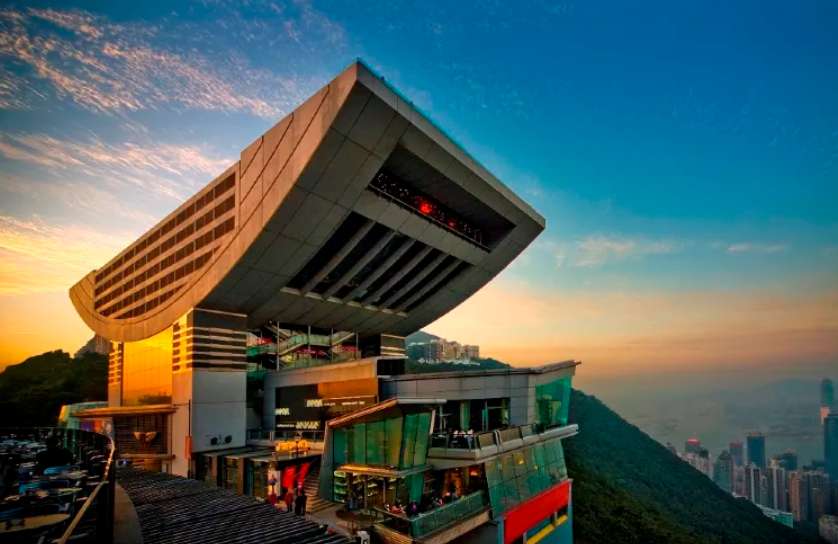
Staying connected in China is super important — especially since some apps and websites you’re used to might not work there without help (hello, VPN!). But don’t worry, here’s the lowdown:
📱 eSIM vs Local SIM Cards
eSIMs are super easy — no need to swap SIMs, just scan a code and you're good to go. Great if your phone supports it.
Local SIMs are okay too, but you’ll usually need your passport to register, and everything's in Chinese. Kinda hassle unless you buy it at the airport.
Tip: If you're not techy, just get an eSIM online before flying — less stress!
📶 Best Telco Operators
Here are the top ones:
- China Mobile – Huge coverage, even in rural areas.
- China Unicom – Good for city travelers and supports more foreign phones.
- China Telecom – Fast internet, but can be picky with some phones.
💡 Where to Get It?
- At the airport – Super convenient, but a bit pricier.
- Online – For eSIMs, you can buy one before you fly (super hassle-free!).
- Local shops – Cheaper, but some staff may not speak English.
🌍 Wi-Fi & Internet Access
- Hotels & Cafes – Most have free Wi-Fi, just ask for the password.
- Public Wi-Fi – It's available in some malls and tourist spots, but not always fast.
- Pocket Wi-Fi – Rent one if you’re traveling in a group — good backup if your SIM fails.
Hotels in Hong Kong>
Travel Tips in Hong Kong, No Stress!
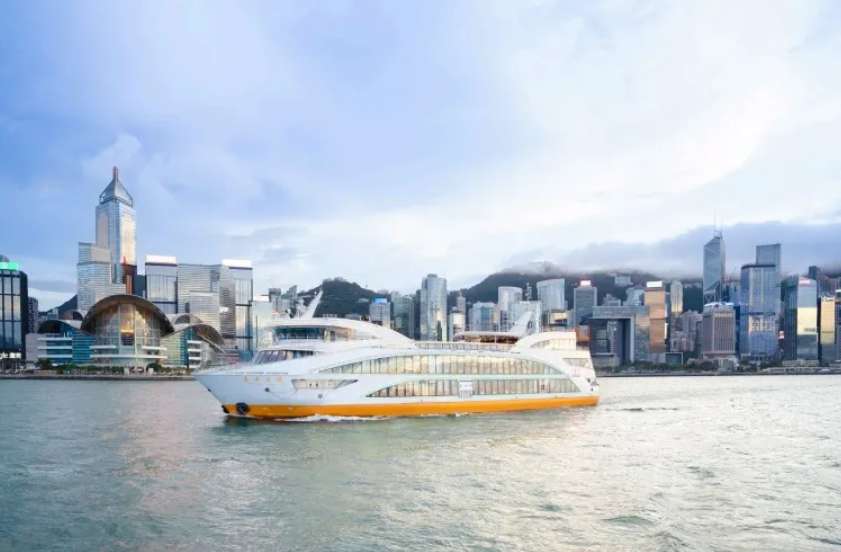
So yeah — staying connected in China can sound a bit nakakalito, but it’s actually not that hard. If your phone supports eSIM, go for it! It’s super easy, no SIM-swapping or lining up needed. Local SIMs work too, pero medyo hassle minsan with registration and Chinese menus.
Just remember, some apps we always use (like Google, Instagram, or Facebook) won’t work there unless you set up a VPN before you fly. Super important ‘yan!
Once you’ve sorted your data, everything else gets smoother — maps, messaging, booking rides, even finding the best food spots. Mas chill ang biyahe pag online ka all the time.
Need help choosing a SIM or VPN? Sabihan mo lang ako! 😉
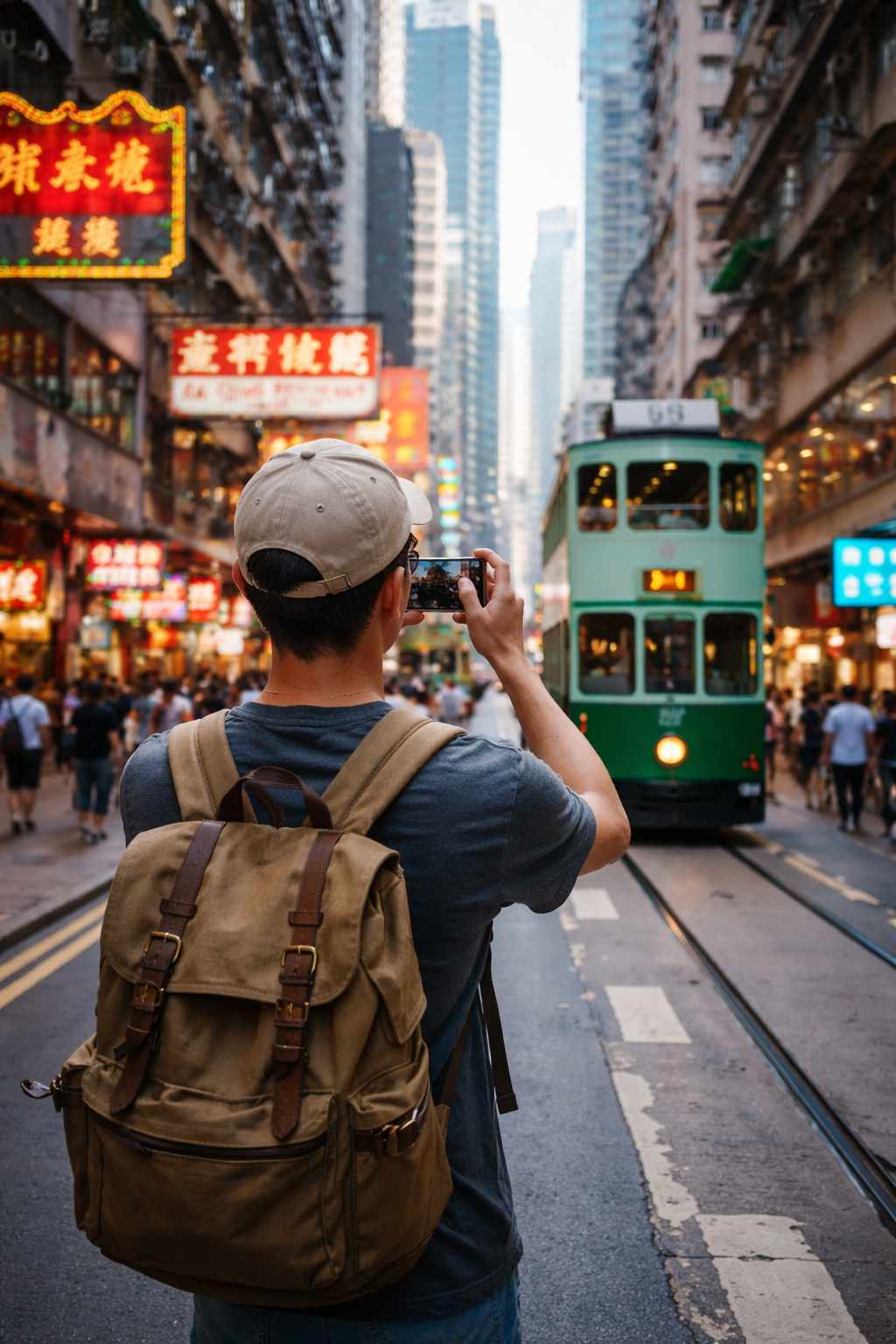


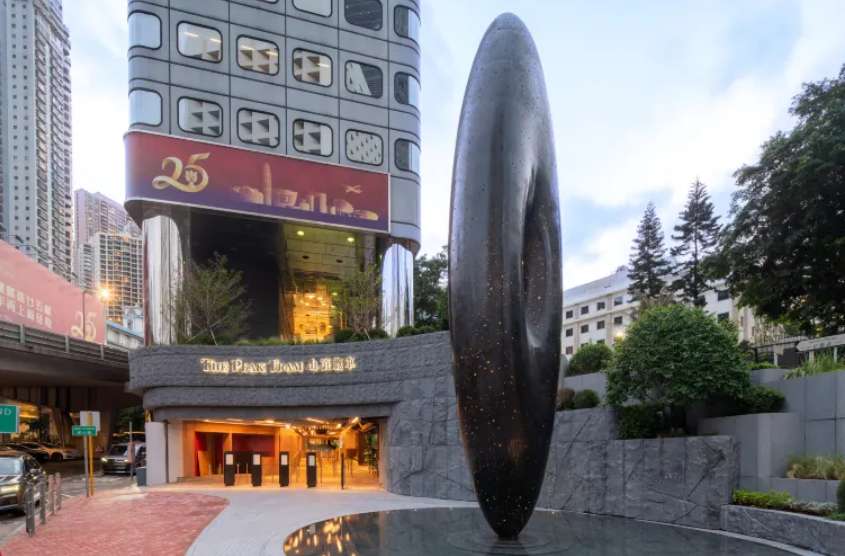

 15619 booked
15619 booked